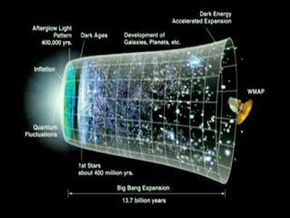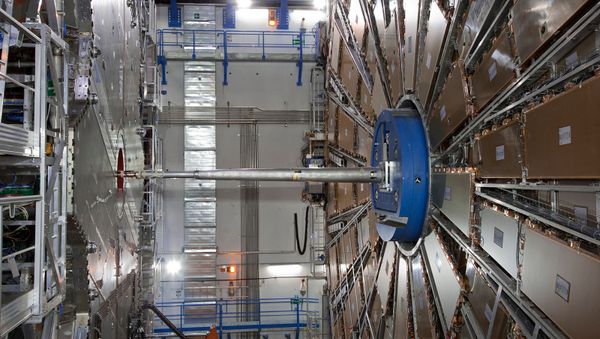The Large Hadron collider measures 17 miles (27 kilometers) in circumference. It's the biggest particle accelerator in the world, and cost more than $10 billion to build. But it's just one of many amazing pieces of technology the scientists at CERN use in their physics research. CERN runs a number of linear and circular accelerators and other installations, like a mass separator and an antiproton decelerator, to conduct physics research. In some cases, tests at CERN are conducted over great distances: Neutrinos are regularly beamed from CERN to Italy's Gran Sasso National Laboratory (LNGS) 450 miles (724 kilometers) away.
When particle accelerators beam matter across large distances at the speed of light, they naturally need to be timed with near-perfect accuracy. Despite the distance mentioned above, the speed of those neutrinos could be measured to within 10 nanoseconds. How does CERN manage that kind of accuracy? They use GPS, atomic clocks and a whole lot of optical cables to network together a vast array of technology.
Advertisement


